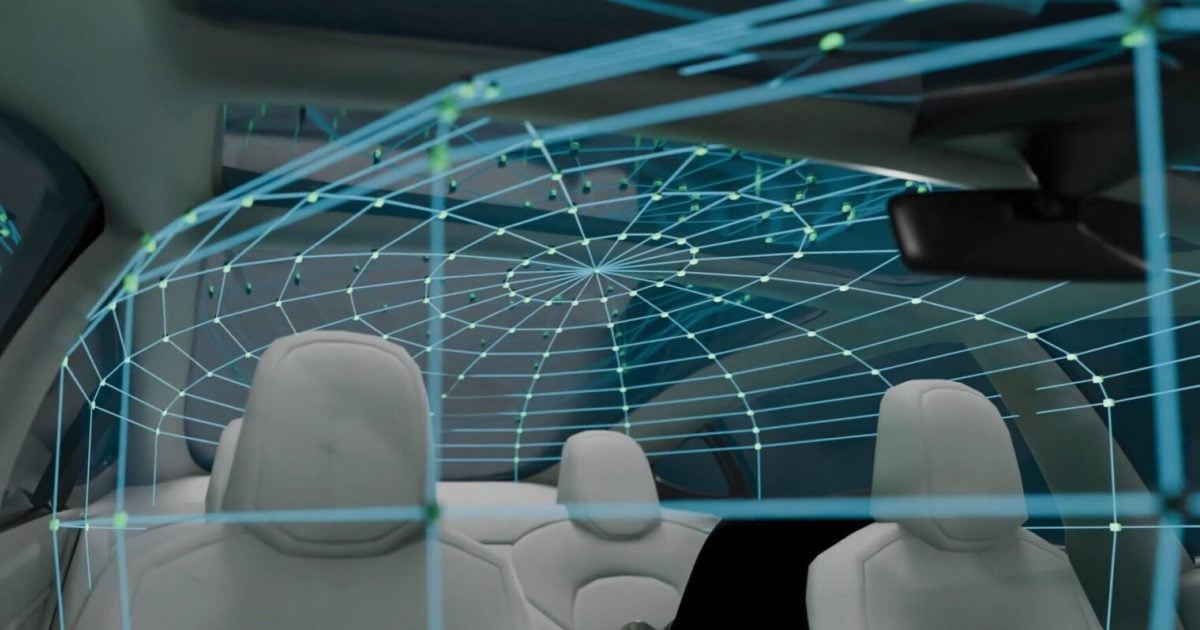LTE cellular technology is the fastest growing wireless standard today. It’s estimated that approximately 300 million devices will be shipped in 2016, according to MarketResearch.com. Although mobile devices will have the lion’s share of its use, there is a lot of buzz around LTE’s potential use for the Internet of Things and M2M communications. Widespread LTE implementation beyond smartphones may soon be here as manufacturers work to future-proof their IoT and M2M applications. We sat down with Adam Smith, Product Marketing Director at LitePoint, to get his impressions of where and how far LTE could be adopted for IoT.
IoT Evolution World: Is LTE a good match for IoT/M2M?
Adam Smith: M2M mostly uses 2G cellular for wide-area network (WAN) access. However, because 2G will soon be decommissioned in the U.S., companies will need to find a new connection for their devices. That’s where LTE comes in as a reliable, efficient and flexible option, especially as uses for M2M continue to proliferate.
LTE provides reliable and broad coverage with low-latency, which is important for mission-critical applications that must be continuously connected. Think about a car-sharing service in a city where the location of every car must be continuously known. If a car falls off the network, it is no longer findable or available for use. LTE provides this broad coverage and is largely scalable for new requirements. The efficiency gains provided by LTE, relative to earlier 2G/3G standards, ensure that LTE deployments will grow and replace the earlier standards.
On the industrial side, shipping containers can utilize LTE to provide continuous updates on internal temperatures and location as they travel from ship to port and beyond. Setting and identifying priority levels as containers move through ports and are loaded onto trucks and trains allows for an increase in operational efficiency. Adding further LTE connectivity to locomotives and train cars themselves can increase efficiency of rail networks by optimizing routes, speed and maintenance, leading to increased cost savings and faster delivery of goods. For example, GE estimates that a one percent improvement in rail network efficiency can provide savings of $2.8B.
IEW: How does the cost of LTE compare to other wireless standards?
AW: IoT encompasses a wide range of applications. As a result, it will support a wide range of wireless solutions. LTE is ideal for critical applications that require broad and continuous connectivity despite location. LTE’s efficiency gains versus 2G and 3G, plus the development of low-power, lower-data-rate standards—including NB-IoT —makes LTE a cost-effective solution for many M2M/IoT applications.
IEW: What is competing with LTE for the same space in IoT/M2M?
AS: There are other wireless standards emerging and competing in this space. They are collectively referred to as low-power, wide-area networks (LPWAN). Several of these emerging standards are proprietary and include Sigfox and LoRa. These technologies all aim to provide long-range, low-power communications with limited bandwidth, ideal for many IoT applications.
IEW: What challenges for the test and measurement industry come along with LTE?
AS: The technical challenges are fairly minor, as solutions exist to test and verify LTE in consumer devices such as smartphones. The introduction of new standards, like NB-IoT, will introduce slight differences to the protocol or modulation type that can be handled in software. The commercial challenge, on the other hand, is significant. These solutions will come from existing and new chipset vendors and be developed, in some cases, by non-cellular experts.
IEW: What advice do you have for new IoT developers considering LTE?
AS: Really understand your application. An important question to consider with LTE is whether or not you need to be connected to a wide-area network. Most wearables are companions to the smartphone, so putting LTE into that device may not make sense. But, if the application is critical, requires constant connectivity, is mobile and/or is to be untethered from a device like a phone, then LTE is worth exploring.
About the author: Adam Smith is the Director of Marketing at LitePoint and a 15-year veteran of the RF industry, with expertise in cellular and connectivity technologies. A member of the LitePoint team since 2012, Adam’s knowledge and experience has been instrumental in driving product strategy for LitePoint test solutions.
Edited by
Ken Briodagh





